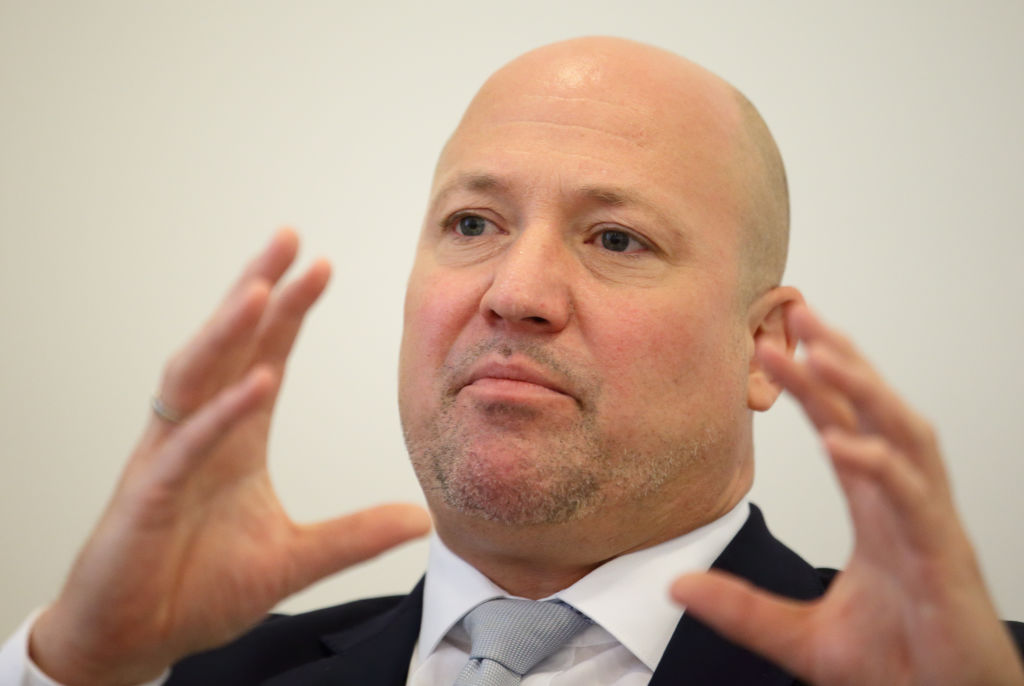Austria’s economy is deteriorating fast as it enters its third year of recession – the longest period of economic contraction since the end of the Second World War.
On March 27, economists revised their growth expectations for 2025 downwards into negative territory. Gross domestic product (GDP) was now expected to shrink by 0.3 per cent in 2025, according to the Austrian Economic Research Institute WIFO.
For 2026, economists still expected a rebound of GDP of 1.2 per cent.
“The domestic economy will overcome the longest recession in the Second Republic by mid-2025. The intensity of the recovery depends primarily on the uncertain international environment”, wrote Marcus Scheiblecker, one of the authors of the current WIFO Economic Outlook, on March 27.
WIFO director Gabriel Felbermayr said at a press conference the same day that a fourth year of recession in 2026 was not out of the question.
He urged the Austrian Government to put into place “earnest reforms” to improve economic sentiment. “If we do that we can avoid a fourth year of recession,” Felbermayr said.
Construction activity and real investments were both expected to decline further in 2025.
In 2024, Austria’s economy contracted by 1.2 per cent in real terms after a previous contraction of 0.8 per cent in 2023. That made Austria the absolute bottom of the Eurozone area, according to libertarian think-tank Agenda Austria.
Despite the dire economic situation, employment has remained relatively stable. Still, the number of hours worked per job fell significantly in 2024, with the trend expected to continue in 2025.
A steeply progressive tax system and a generous social security network have made it attractive for Austrians to work part-time rather than full-time, experts said.
Moreover, an ever-larger share of workers are employed by the State.
As data from the national statistical agency published by news portal Selektiv showed on March 18, in 2023 and 2024 almost 57,000 jobs in the private sector were lost while 70,000 jobs were created in the public sector.
Since 2006, jobs in the public sector have increased by 40 per cent while the industrial workforce has largely stagnated.
The poor economic outlook is also bad news for Austria’s fiscal deficit.
The country is on the verge of a European Union deficit procedure for failing to meet the Maastricht criterion of a deficit no larger than 3 per cent of GDP.
On March 24, it became known that the new government led by Conservatives and Social Democrats had to cut State expenditure by more than twice as much as originally expected – by €12 billion instead of €6 billion.
A worsening economic situation would further drive up this shortfall.





